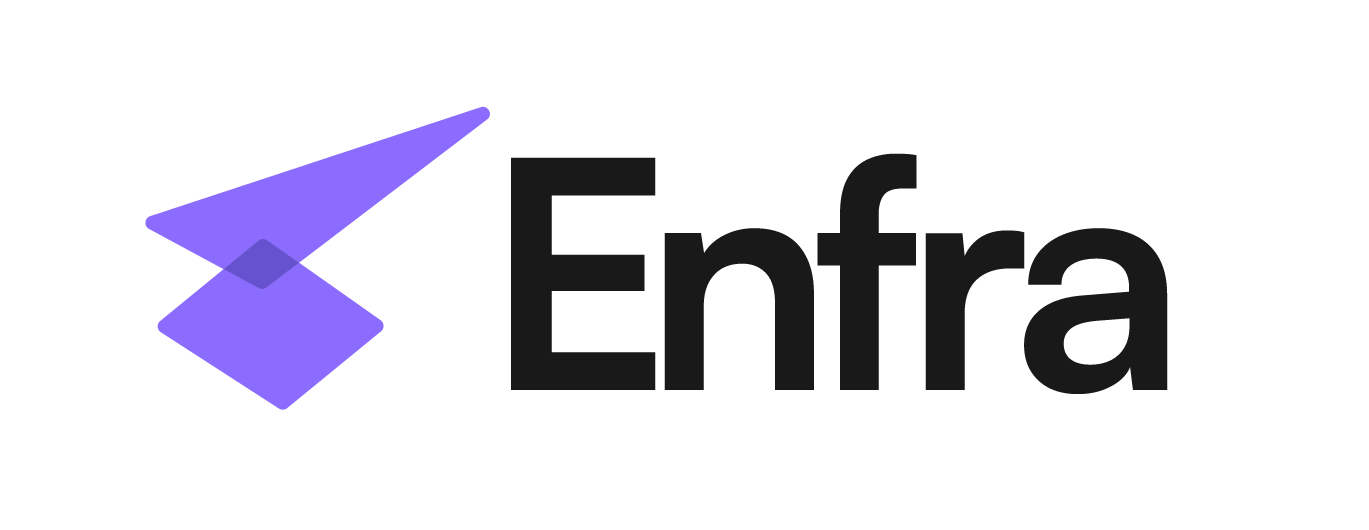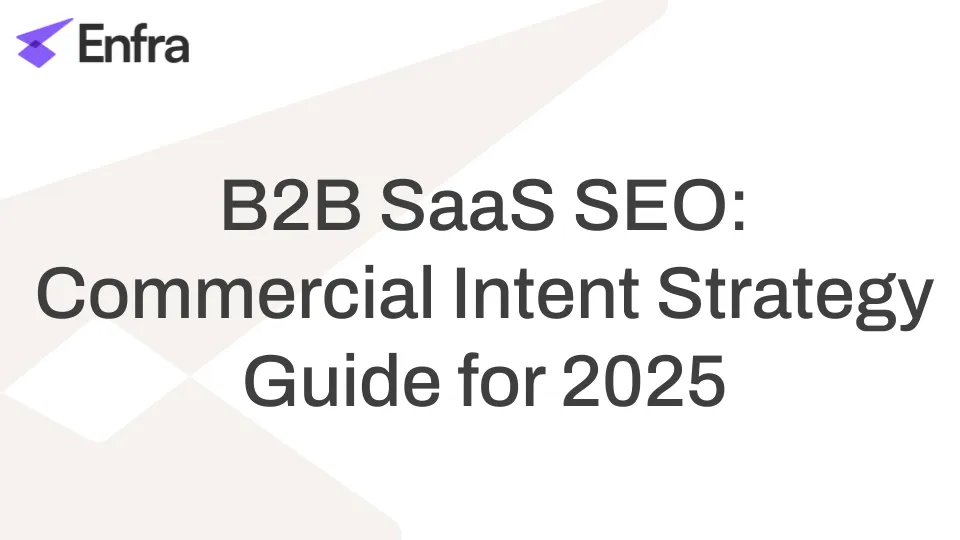Table of Contents
- Understanding Commercial Intent Keywords for SaaS SEO
- Identifying Your High-Value Commercial Intent Keywords
- Building a SaaS SEO Strategy Around Commercial Intent
- Competitor Comparisons: Capturing High-Intent Traffic
- Keyword-Specific Listicles: Favorably Positioning Your Product
- Pillar Pages and the Hub-and-Spoke Model: Building Authority
- Targeted Backlinks: Amplifying Your Content’s Reach
- The Role of AI in SaaS SEO: Assistance, Not Automation
- Optimizing for AI Chat Tools and Long-Tail Queries
- Implementing Your Commercial Intent Keyword Strategy
- Measuring Success and Iterating Your SaaS SEO Approach
Understanding Commercial Intent Keywords for SaaS SEO
In B2B SaaS SEO, the focus is always on attracting qualified leads rather than just increasing traffic. The key is targeting commercial-intent keywords… search terms used by individuals actively seeking solutions like yours. These users are ready to buy or are seriously considering it.
Consider the difference between “what is project management” and “project management software.” The latter indicates a strong purchase intent, as the user is researching solutions and they are considering their options. This is the traffic that converts.
From the outset, prioritize commercial intent keywords, even in the early stages of your SaaS company. Many SaaS SEO strategies fail becasue they focus on high-volume, awareness-focused keywords, which can increase traffic without imcreasing leads. This gap between traffic and conversions frustrates many SaaS founders and CEOs. By targeting commercial intent keywords, you’ll attract visitors ready to become paying customers.
Identifying Your High-Value Commercial Intent Keywords
Finding the right commercial intent keywords is important, and incredibly easy for SaaS SEO. Normal advice says to start by understanding your ideal customer’s needs, how they search for solutions, what problems are they trying to solve, and what words would they use to find a product like yours?
However, with Enfra, you don’t need to spend any time doing that. Enfra runs the entire process with AI and finds your commercial-intent keywords for you, within 30 seconds.
Here’s a breakdown of keyword types to target:
- Category Keywords: Broad terms that define your software category (e.g., “CRM software,” “marketing automation platform”). Use modifiers like “best,” “top,” or “enterprise” to specify intent.
- Competitor Alternatives: Target users searching for alternatives to your competitors (e.g., “[Competitor Name] alternative,” “software like [Competitor Name]”).
- Comparison Keywords: Reach users comparing different solutions (e.g., “[Competitor A] vs [Competitor B],” “compare [Your Category] Software”).
- Feature/Use Case Keywords: Focus on specific features or industry applications (e.g., “sales forecasting software,” “healthcare CRM”).
- Problem/Solution Keywords: Address the pain points your software solves (e.g., “software to automate email marketing,” “tool to manage customer support tickets”).
Don’t ignore long-tail keywords. These longer, specific phrases often have lower search volume but higher conversion rates. They show a user’s specific needs, indicating stronger purchase intent. For example, “project management software for remote teams with time tracking” is more specific and targeted than just “project management software.”
By identifying and targeting these keyword types, you can attract highly qualified leads ready to engage with your SaaS product. For a complete, step-by-step guide to increase SaaS MQLs via SEO, visit the detailed guide on Building a SaaS SEO Strategy Around Commercial Intent.
Building a SaaS SEO Strategy Around Commercial Intent
A robust SaaS SEO strategy focuses on attracting potential customers actively seeking solutions. This involves creating content around valuable commercial intent keywords. Here’s how:
Competitor Comparisons: Write blog posts that compare your product to others, highlighting your advantages. This targets users seeking alternatives. Enfra can help you automate this at scale. You just have to select your competitors, and Enfra will read your and your competitors’ websites, and then act like a Product Marketer to write an alternative page to highlight your advantages.
Keyword-Specific Listicles: Use “Top 10” articles to feature your product alongside competitors. This draws in users exploring options. Ensure your product is covered first, and your competitor links leads to the comparison blog posts you wrote earlier.
Pillar Pages and the Hub-and-Spoke Model: Develop a detailed pillar page on a main topic, linking to related “spoke” pages that cover specific details. This builds authority and helps rank for broader keywords.
Targeted Backlinks: Acquire quality backlinks from relevant sites to your pillar pages and key content. Backlinks demonstrate authority to search engines, improving your ranking for competitive keywords. Focus on outreach and creating valuable content. This boosts your SEO presence and attracts the right traffic.
The Role of AI in SaaS SEO: Assistance, Not Automation
AI tools are transforming SaaS SEO by assisting with keyword research, SERP analysis, and content drafting. However, AI is an assistant, not a replacement for human expertise. While AI can identify potential keywords and analyze competitors, it doesn’t understand your product, audience, or brand voice like you do.
Think of AI as a research tool. It can quickly sort through data to find relevant keywords and spot competitor weaknesses. It can also draft content. But these AI outputs need careful human review and editing. The strategy, storytelling, and messaging still need human creativity.
Your product knowledge, understanding of customer needs, and ability to create engaging stories are vital. Use AI to expedite your work, find new opportunities, and speed up content creation. But maintain control of the strategy and ensure your brand’s voice is clear. Quality control, strategic direction, and the human touch remain crucial in SaaS SEO.
Optimizing for AI Chat Tools and Long-Tail Queries
To optimize for Answer Engines and LLMs like ChatGPT or Perplexity, focus on long-tail, specific searches. For example, Enfra (this product) won’t rank for “top SEO tools” on ChatGPT, but it does rank for “top AI SEO tools for SaaS”. So if you’re not already a well known brand, you’ll find it difficult to outrank your bigger competitors on the standard queries, but you can outrank them by creating content for specific, long-tail questions.
Here’s our guide on how to rank on ChatGPT.
Measuring Success and Iterating Your SaaS SEO Approach
The KPIs for SaaS SEO are:
- Organic Traffic: Monitor the growth of organic traffic on your site. This indicates how well your keywords and content perform.
- Marketing Qualified Leads (MQLs): Count the leads generated from organic search. This reveals how effectively your content converts visitors into potential customers.
- Keyword Rankings: Track your rankings for important keywords. Higher rankings mean increased visibility and potential traffic.
- Conversion Rates: Evaluate the percentage of visitors who take actions like signing up for a trial or requesting a demo. This reflects the effectiveness of your calls to action and user experience.
- Customer Acquisition Cost (CAC): Measure the cost of acquiring a customer through organic search. A lower CAC indicates a more efficient strategy.
Regularly review these KPIs and adjust your strategy. If some keywords underperform, revisit your research and try different terms. If conversion rates are low, enhance your landing pages and calls to action. SaaS SEO is dynamic; you need to keep improving it for long-term success. By monitoring, analyzing, and adapting, you can ensure your SaaS SEO strategy remains effective in generating qualified leads.


Leave a Reply